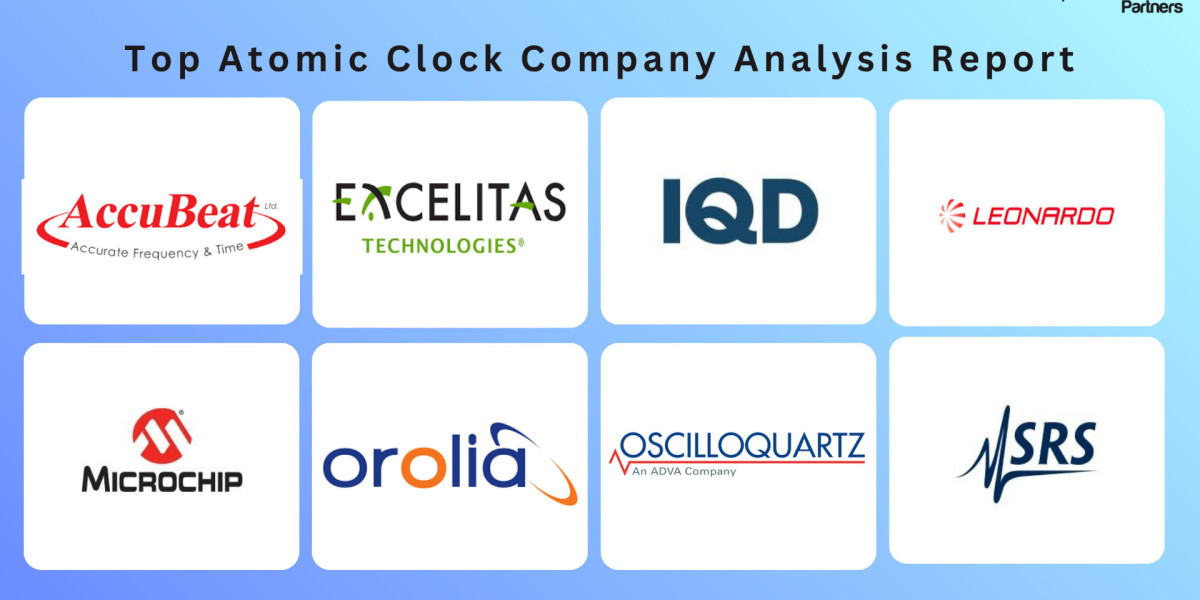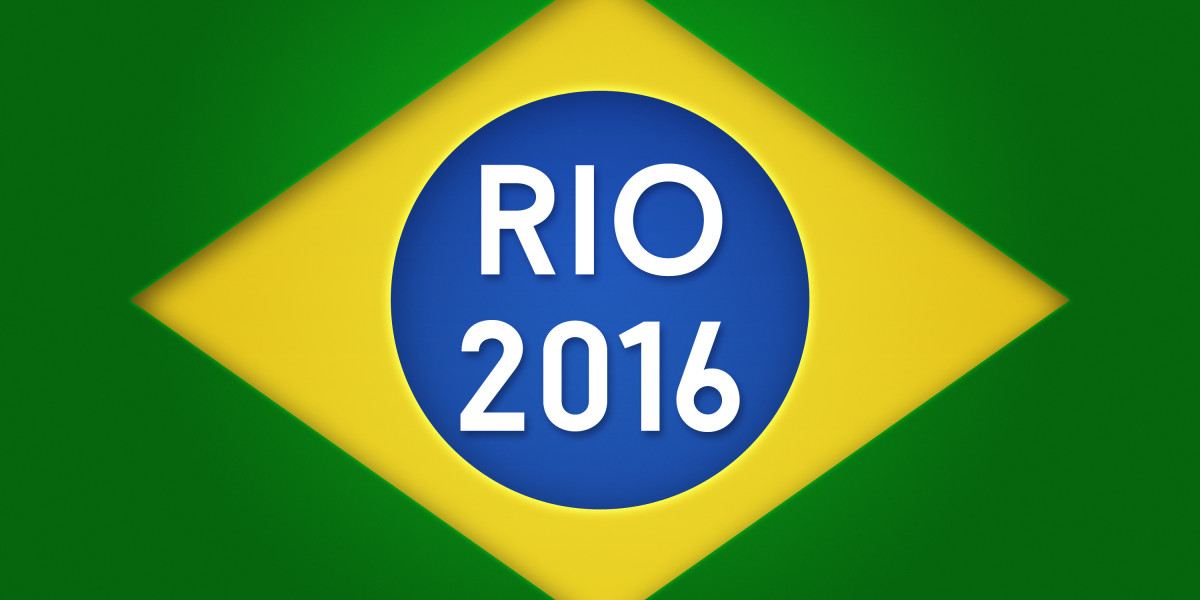The atomic clock market, though specialized, is a foundational pillar for a multitude of critical modern technologies. These ultra-precise timekeeping devices, harnessing the unvarying oscillations within atoms, are indispensable for everything from global navigation to high-speed data transmission. As our world becomes increasingly interconnected and reliant on pinpoint accuracy, the demand for atomic clocks continues to surge, driving a robust and evolving market. This substantial growth highlights the critical role atomic clocks play across diverse sectors.
A primary market driver is the ever-expanding universe of satellite navigation systems. GPS, Galileo, GLONASS, and India's NavIC all rely heavily on onboard atomic clocks (typically Rubidium and Hydrogen Maser) to transmit highly accurate time signals. Even a minuscule error in time measurement can lead to significant positioning inaccuracies, making atomic clocks the "heartbeat" of these vital systems. The increasing proliferation of these systems for applications ranging from automotive navigation to defense and space exploration directly fuels the demand for these precision instruments.
The telecommunications sector is another significant consumer. With the rapid rollout of 5G networks and the increasing volume of data traffic, precise synchronization is paramount. Atomic clocks ensure that data transmission and reception occur at exact intervals, preventing packet loss, reducing latency, and maintaining the quality of service (QoS) across vast and complex networks.
Furthermore, the aerospace and military sector represents a substantial application segment. Precise timing is crucial for secure military communications, coordinated operations, guidance systems for drones and munitions, and overall national security. This segment held the largest revenue share in 2024, reflecting the strategic importance of atomic clocks. The scientific and metrology research segment is also a key growth area, as cutting-edge research in quantum computing, fundamental physics, and other fields constantly pushes the boundaries of timekeeping accuracy.
In terms of types, Rubidium (Rb) atomic clocks held the largest revenue share in 2024, favored for their balance of performance and cost. However, Hydrogen (H) maser atomic clocks are anticipated to grow at a remarkable CAGR, particularly for applications demanding the highest levels of stability. The emergence of nano atomic clocks and chip-scale atomic clocks (CSACs) is a significant trend, promising to democratize precise timing by offering compact, lower-power, and more affordable solutions for a wider range of commercial and industrial applications.
Despite the promising outlook, the market faces challenges. The high cost of developing and maintaining advanced atomic clocks, especially hydrogen masers and emerging optical lattice clocks, remains a barrier to widespread adoption beyond highly specialized government and research applications. The complexity of their setup and the need for controlled environments contribute to these costs.
Geographically, North America leads the atomic clock market in revenue, driven by robust investments in defense, space exploration, and advanced telecommunications infrastructure. However, the Asia Pacific region is projected to exhibit the fastest growth, propelled by rapid industrialization, increasing investments in satellite programs, and expanding telecommunication networks across countries like China and India.
The future of the atomic clock market is bright, marked by continuous innovation aimed at reducing size, power consumption, and cost, while simultaneously enhancing accuracy. As our reliance on precise timing deepens across virtually every aspect of modern life, atomic clocks will remain at the forefront of technological advancement.
Get Sample Report: https://www.theinsightpartners.com/sample/TIPRE00015316
Author's Bio:
Nilesh Shinde
Senior Market Research expert at The Insight Partners



